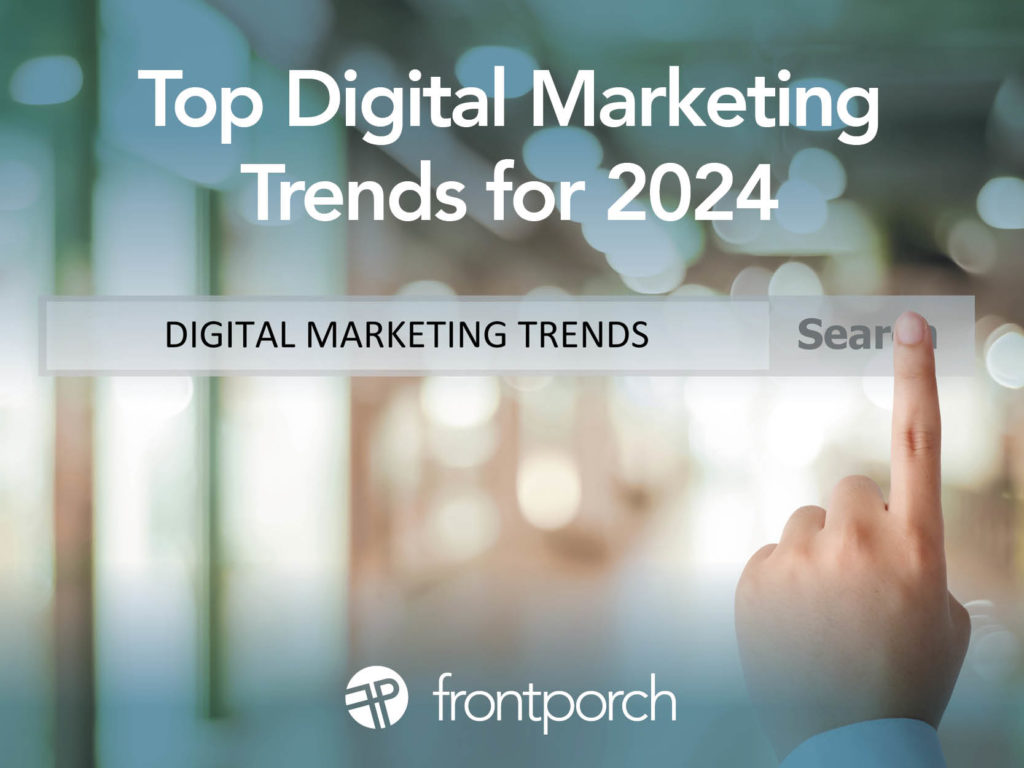
2023 was full of digital marketing trends. So as the digital landscape continues to rapidly change, staying ahead of the curve is crucial for marketers. Trends come and go, and this year features trends that are tech-based and evolving. Overall, 2024 will bring new innovations and strategies for digital marketing. Here are some of the top emerging digital marketing trends for 2024. These trends will redefine the way brands interact with their audiences.
AI-Driven Personalized Advertising
First, one of the biggest trends shaping the future of digital marketing is artificial intelligence. It will deliver hyper-personalized experiences. Personalization is key to growing an audience. AI algorithms are becoming increasingly adept at analyzing consumer data to identify potential consumers. This enables marketers to create highly targeted ad campaigns that resonate with these individual consumers and bring them into the brand.
Voice Search Optimization
Next, with the growing popularity of smart speakers and voice assistants, optimizing for voice search is no longer an option. It is a must-have. Thus in 2024, expect to see more brands adapting their SEO strategies to include voice. Brands can include keywords and phrases, making their content more accessible via voice search. In other words, this represents yet another unique way to get consumers to the brand.
Virtual Reality in Digital Marketing Trends
Virtual Reality is changing from a novelty to a practical marketing tool. Brands are beginning to use VR to create experiences for their customers. These experiences will engage consumers in a more memorable way this year. From virtual store tours to interactive product demonstrations, VR is opening up new possibilities for engagement.
Influencer Marketing
Influencer marketing continues to evolve, with a shift towards micro and nano influencers. These individuals often have smaller, more loyal followers. Brands can create a stronger connection with their audiences. For example, brands might work with several different influencers for different products. In 2024, expect to see brands working with influencers for more authentic and effective partnerships.
Green Marketing
Sustainability is becoming a priority for consumers. Consumers are looking to brands to be more responsible toward their people and the planet. So brands are responding with green marketing initiatives. For instance, look for eco-friendly packaging and more sustainable business practices. So green marketing is not just good for the planet, it’s good for business.
The Integration of Augmented Reality in Digital Marketing Trends
To begin with, augmented reality usage in marketing offers unique ways to interest customers. Augmented reality creates a new way of showcasing at a product or service. Also look for uses like virtual try-ons or AR-enabled ads. As this technology becomes more accessible, we anticipate a rise in AR campaigns in 2024.
Data Privacy and Ethical Marketing
Lastly, with increasing concerns about data privacy, ethical marketing practices are an important part of brand trust. In 2024, transparent data practices and respect for consumer privacy will be more than just legal requirements. They’ll be essential for building customer loyalty. Consumers want to trust the brands they do business with.
The landscape of digital marketing trends is dynamic and ever-changing. Overall in 2024, successful marketers will adapt to these emerging trends while staying true to their brand’s core values. Again, brands can embrace these innovations and succeed. Finally, they’ll be able to create more engaging, personalized and meaningful experiences for their consumers. Using these digital marketing trends they’ll build business in new ways.

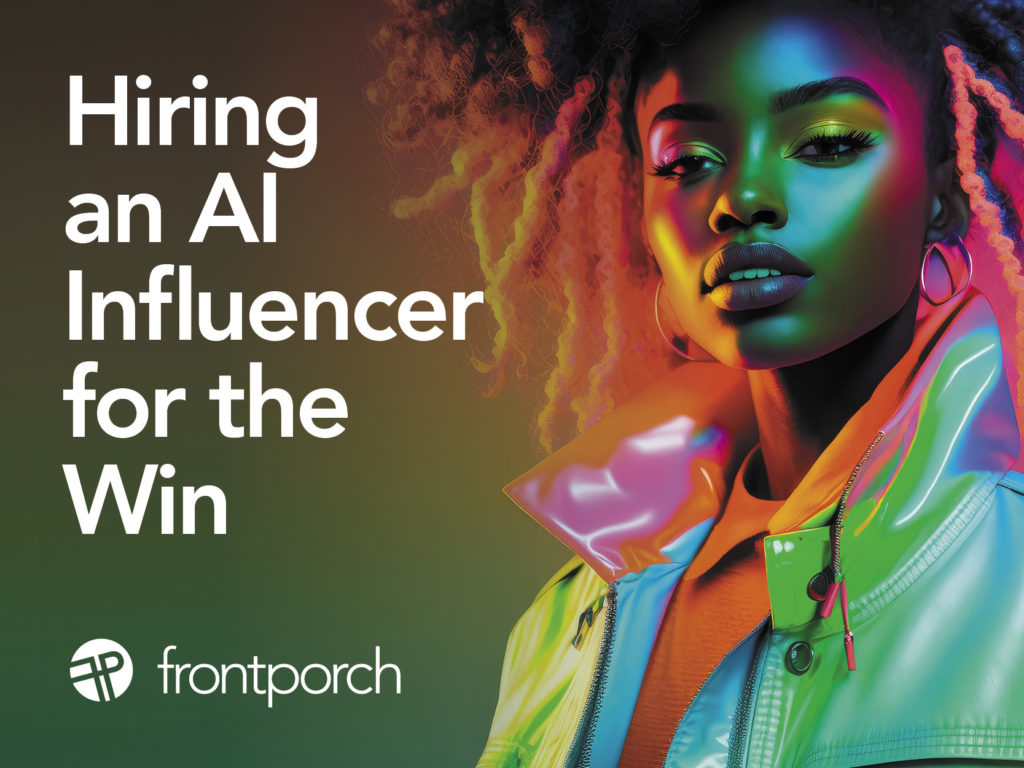

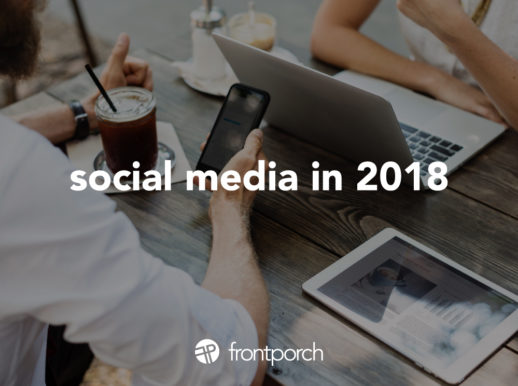
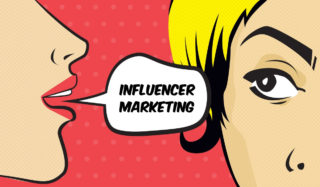 An influencer is someone who acts as a mutual friend, and connects your brand with your target consumers. In today’s technological world, people are exposed to an abundance of purchasing choices, yet they don’t have the time to research them. Instead, buyers rely on friends, acquaintances, and fellow consumers to inform their purchasing decisions. The rise of social media has made it easier than ever for people to find other people who will help give them the information.
An influencer is someone who acts as a mutual friend, and connects your brand with your target consumers. In today’s technological world, people are exposed to an abundance of purchasing choices, yet they don’t have the time to research them. Instead, buyers rely on friends, acquaintances, and fellow consumers to inform their purchasing decisions. The rise of social media has made it easier than ever for people to find other people who will help give them the information.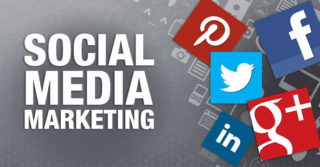 As businesses are planning for the new year, there are several social media trends that appear to be here to stay (at least for now). You should consider these when putting together a strategy for 2018:
As businesses are planning for the new year, there are several social media trends that appear to be here to stay (at least for now). You should consider these when putting together a strategy for 2018: